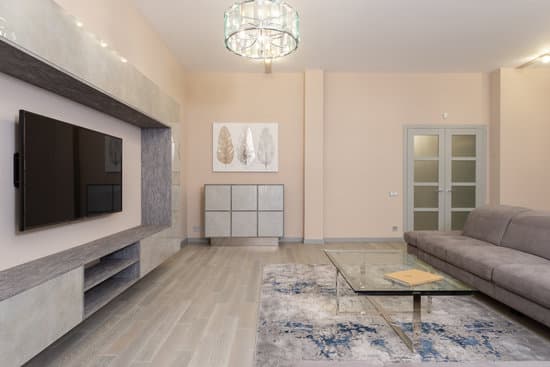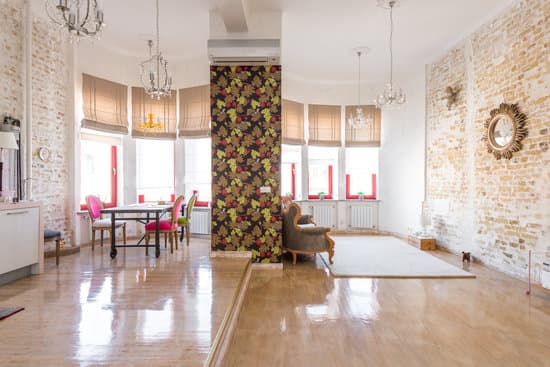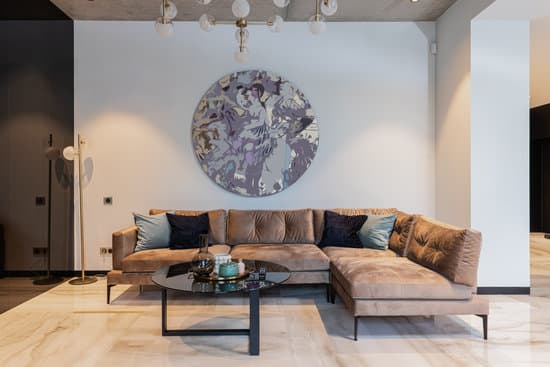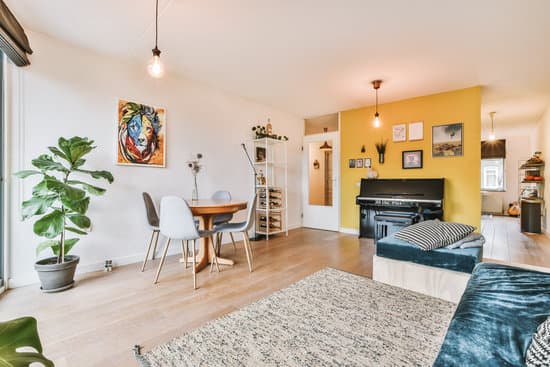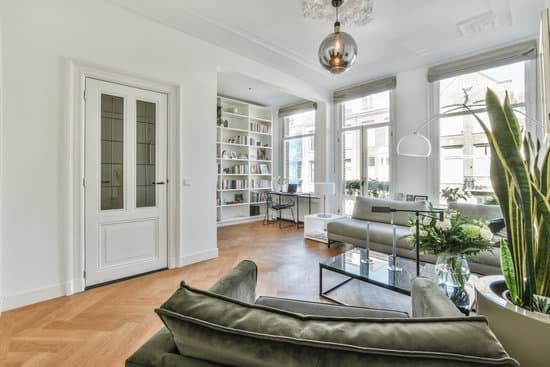Are you struggling to create separate spaces in your living room and dining room combo? Don’t worry, we’ve got you covered! In this article, we will show you simple yet effective techniques to divide your space while maintaining safety. From furniture arrangement and room dividers to lighting and color choices, we’ll provide practical tips to help you create distinct zones that not only enhance the functionality of your space but also ensure a safer environment for everyone. Let’s get started!
Furniture Arrangement and Placement
You’ll want to consider the furniture arrangement and placement when dividing a living room and dining room combo. Safety is important, so make sure to create a layout that maximizes space optimization while still allowing for easy movement. One option is to use multifunctional furniture pieces, such as a sofa with built-in storage or a coffee table that can also serve as a dining table. This way, you can save valuable space by eliminating the need for separate storage units or extra tables. Additionally, consider placing larger pieces of furniture strategically to create visual separation between the two areas. For example, you could position a bookshelf or tall cabinet in between the living room and dining area to act as a divider while still allowing light and airflow.
Use of Room Dividers or Screens
One option is to utilize room dividers or screens. Creative partitions and functional privacy screens can help you effectively divide your living room and dining room combo while adding a touch of style to your space. Room dividers come in various designs, from folding screens to sliding panels, allowing you to choose the one that best suits your aesthetic preferences. These dividers not only provide visual separation but also create a sense of privacy between the two areas. Additionally, they can serve as decorative elements by displaying artwork or photographs. When selecting room dividers or screens, prioritize safety by ensuring they are sturdy and stable, especially if you have children or pets in the house. With the right choice, these versatile pieces can transform your open-concept space into distinct living and dining areas while maintaining functionality and safety.
Differentiate with Flooring or Rugs
To create distinction between the two areas, consider using different types of flooring or rugs. Wall partitions are a popular choice to separate living and dining spaces, but they can be expensive and may not be suitable for every layout. Flooring differentiation is a great alternative that provides clear boundaries without obstructing the flow of light and space. By using different materials or patterns, you can visually define each area while maintaining an open concept feel. Another option is to use rugs to separate the living and dining areas. Rugs can add warmth and texture to both spaces while clearly marking their boundaries. However, keep in mind that rugs can pose tripping hazards if not secured properly. Make sure to choose non-slip rug pads or adhesive tapes to prevent accidents and ensure the safety of your loved ones.
Strategic Lighting to Define Spaces
By strategically placing lights, you can create a defined separation between your living and dining areas. The right lighting can not only enhance the visual appeal of each space but also contribute to a sense of safety. To achieve this, consider using ambient lighting to illuminate the entire room evenly. This will provide a soft and warm glow that creates a cozy atmosphere in both areas. Additionally, incorporate task lighting to highlight specific areas within each space. For example, pendant lights or track lighting can be used above the dining table to create a focused and intimate ambiance for meals. In the living area, floor lamps or sconces can be positioned near seating arrangements to provide adequate light for reading or other activities. By utilizing strategic lighting techniques, you can effectively divide your living room and dining room combo while ensuring an inviting and safe environment for all.
Incorporate Color and Texture to Separate Areas
Incorporating color and texture can effectively create a visual distinction between the living and dining areas in your combined space. To achieve this, consider selecting decorative accents that complement each other while defining separate zones. Here are some tips to help you create visual focal points:
- Color: Choose a different color palette for each area, using complementary or contrasting shades. Use rugs, curtains, and artwork to bring in pops of color.
- Texture: Incorporate different textures through furniture upholstery, pillows, and curtains. This will add depth and dimension to each zone.
- Furniture Placement: Arrange furniture strategically to delineate the living and dining spaces. Use sofas or bookshelves as dividers.
By following these suggestions, you can visually separate your living room and dining room while adding personality and style to your combined space.
Conclusion
So there you have it, dividing a living room and dining room combo can be easily achieved with the right furniture arrangement, use of room dividers or screens, different flooring or rugs, strategic lighting, and incorporating color and texture. By implementing these techniques, you can create distinct spaces within one room and make the most out of your living and dining areas. So go ahead and start transforming your space into a stylish and functional multi-purpose room!

